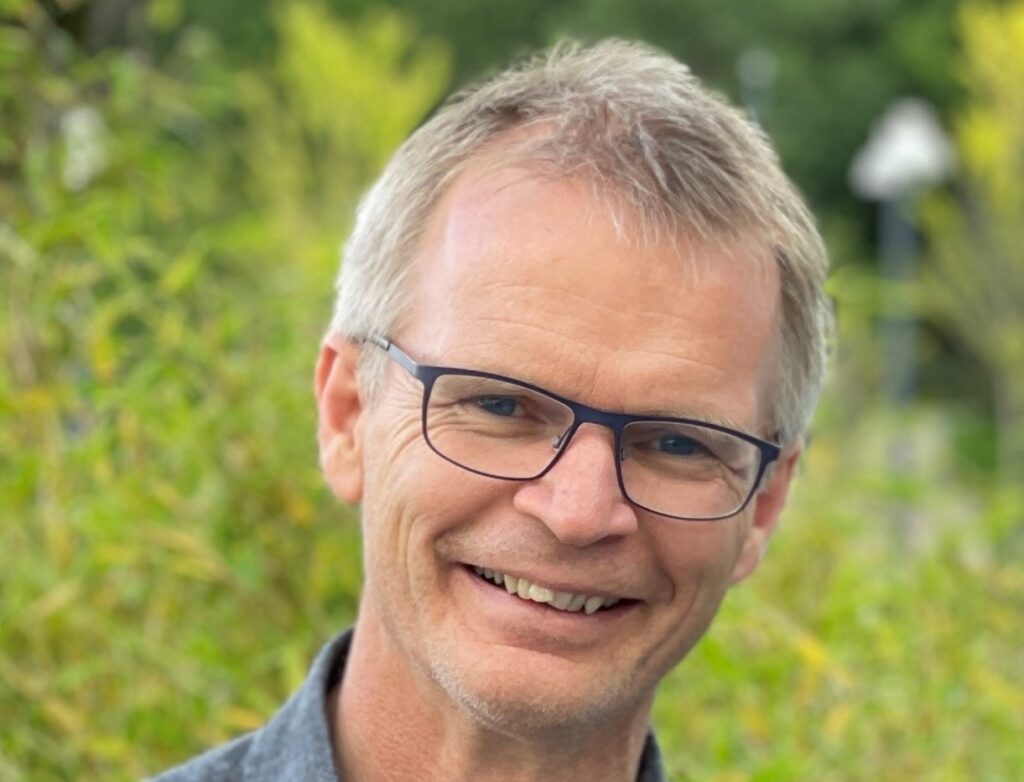Member of the CLIMIT Programme Committee
Sveinung Hagen has a PhD in Geology from the Arctic University of Norway (UiT) and works as a carbon storage advisor at Equinor. He began his career there at the Equinor offices in Harstad in 1999. After eight years working on projects in exploration and extraction of oil on the Norwegian Continental Shelf and in the Middle East, he switched to CCS in 2007 when the then Statoil merged with the Norsk Hydro oil and gas division. He was tasked with researching the field of carbon storage integrity to verify the safety of storage in geological formations before he moved to his current position as an advisor for Equinor in its CCS unit in 2020.

